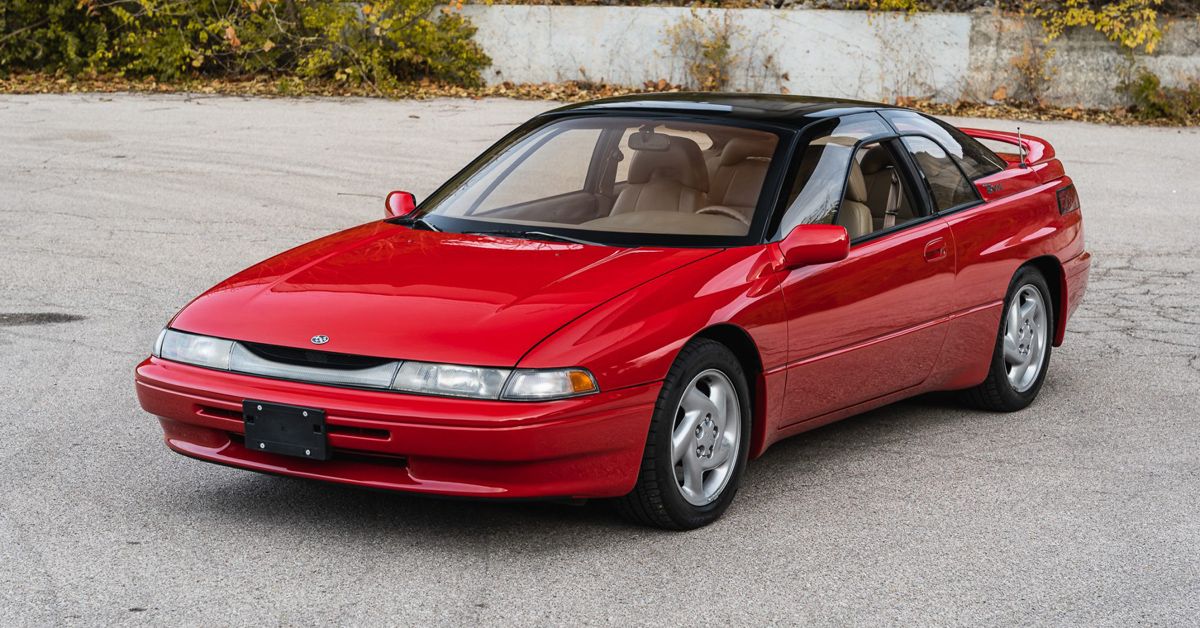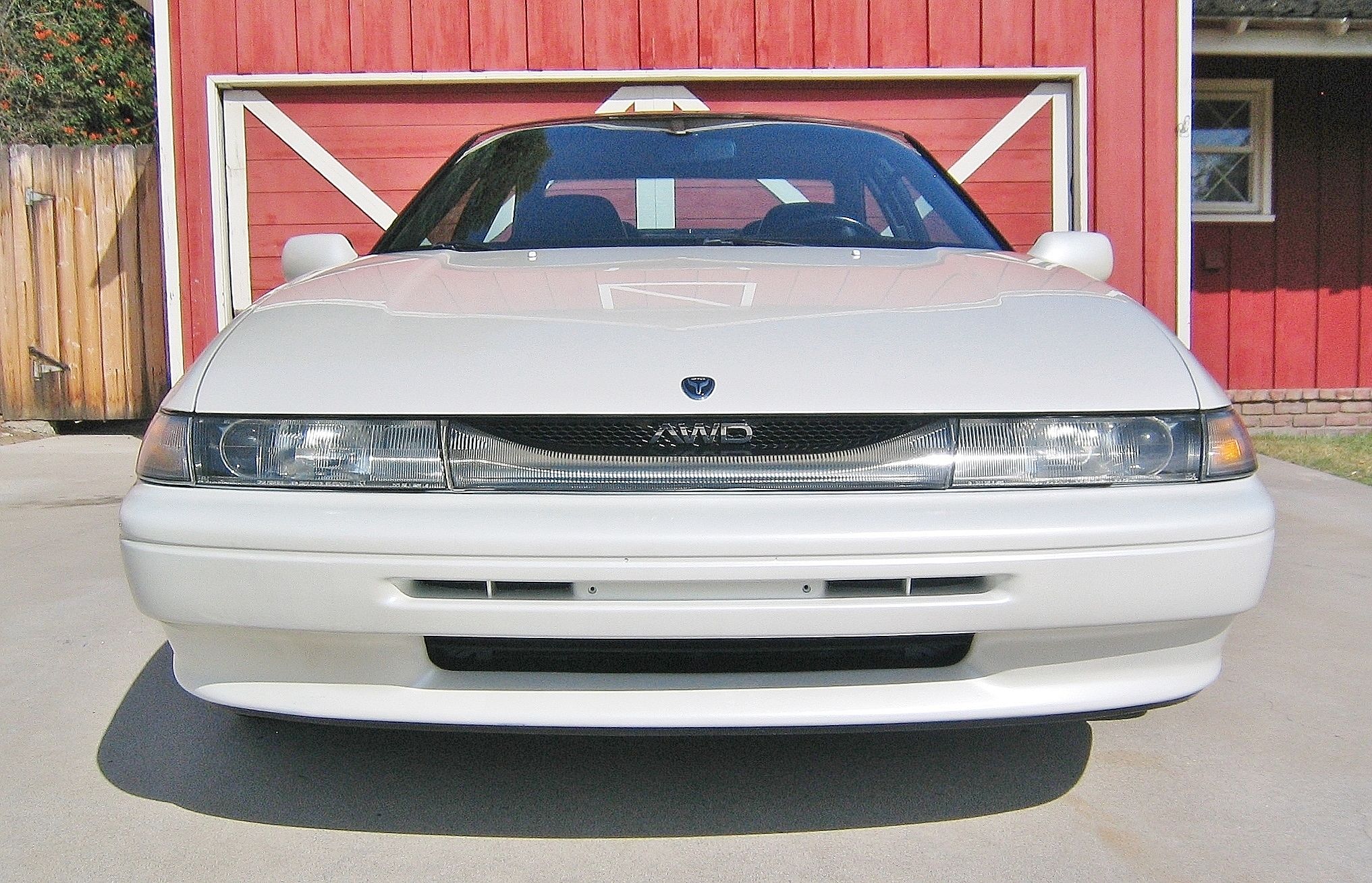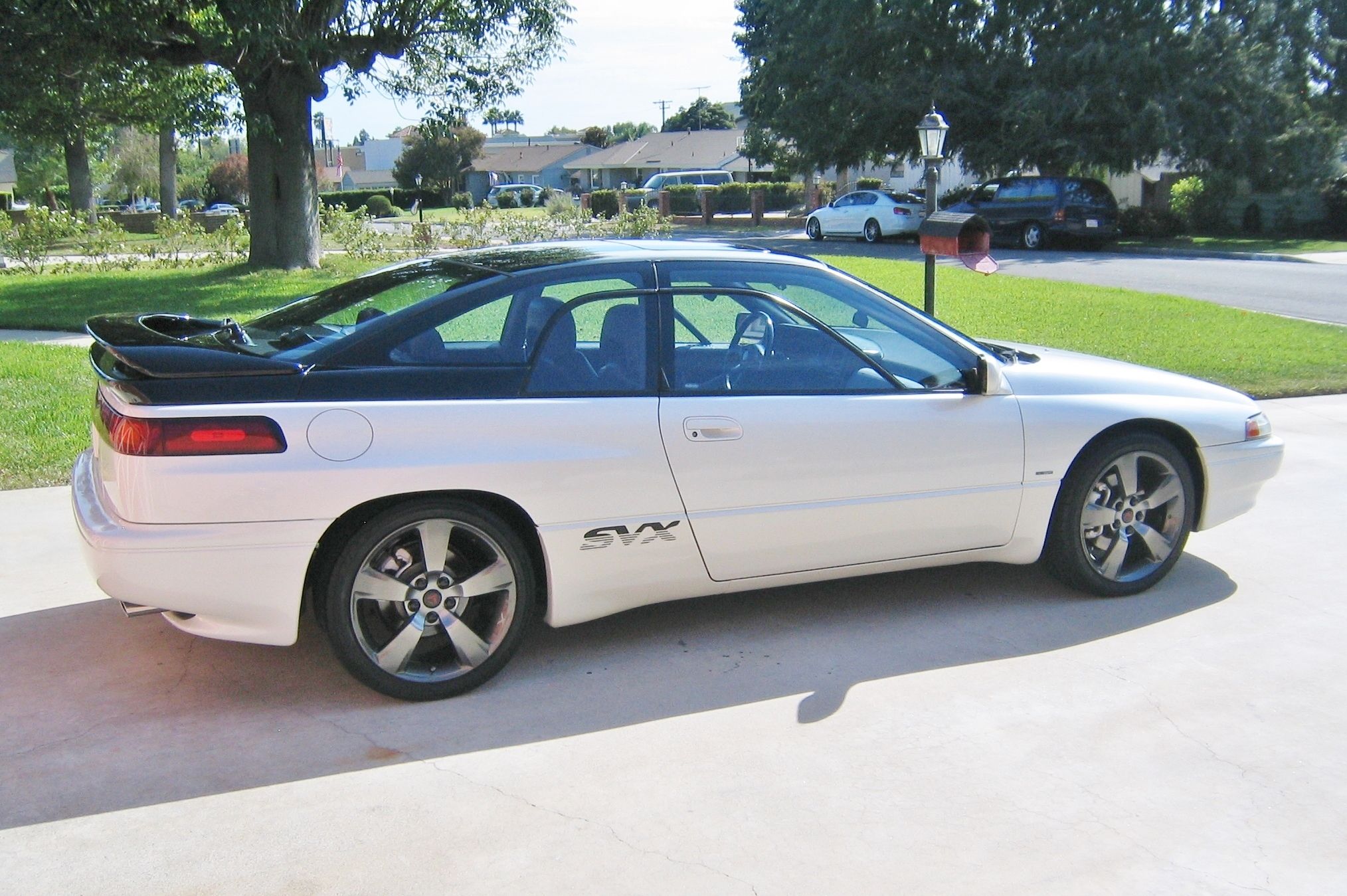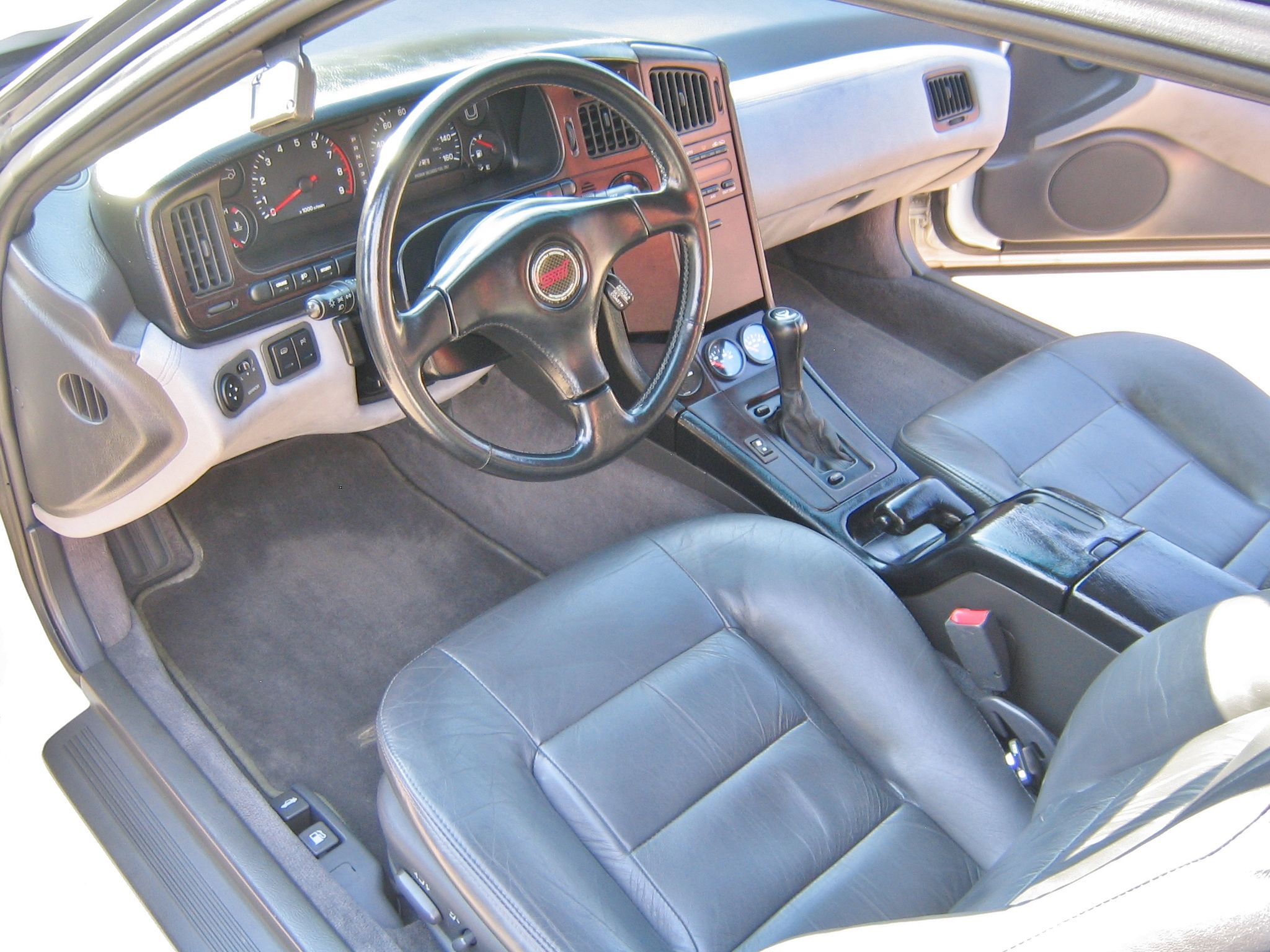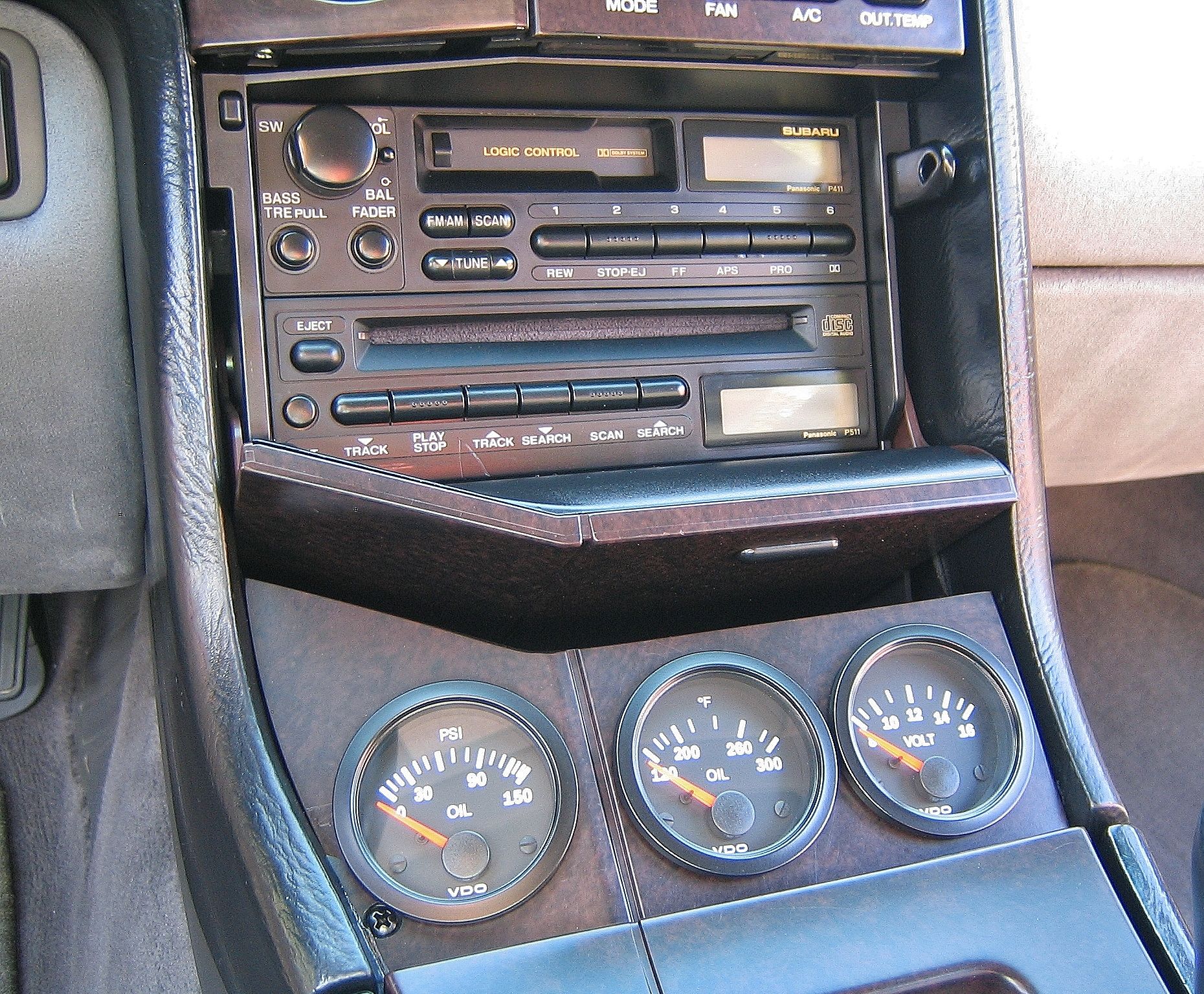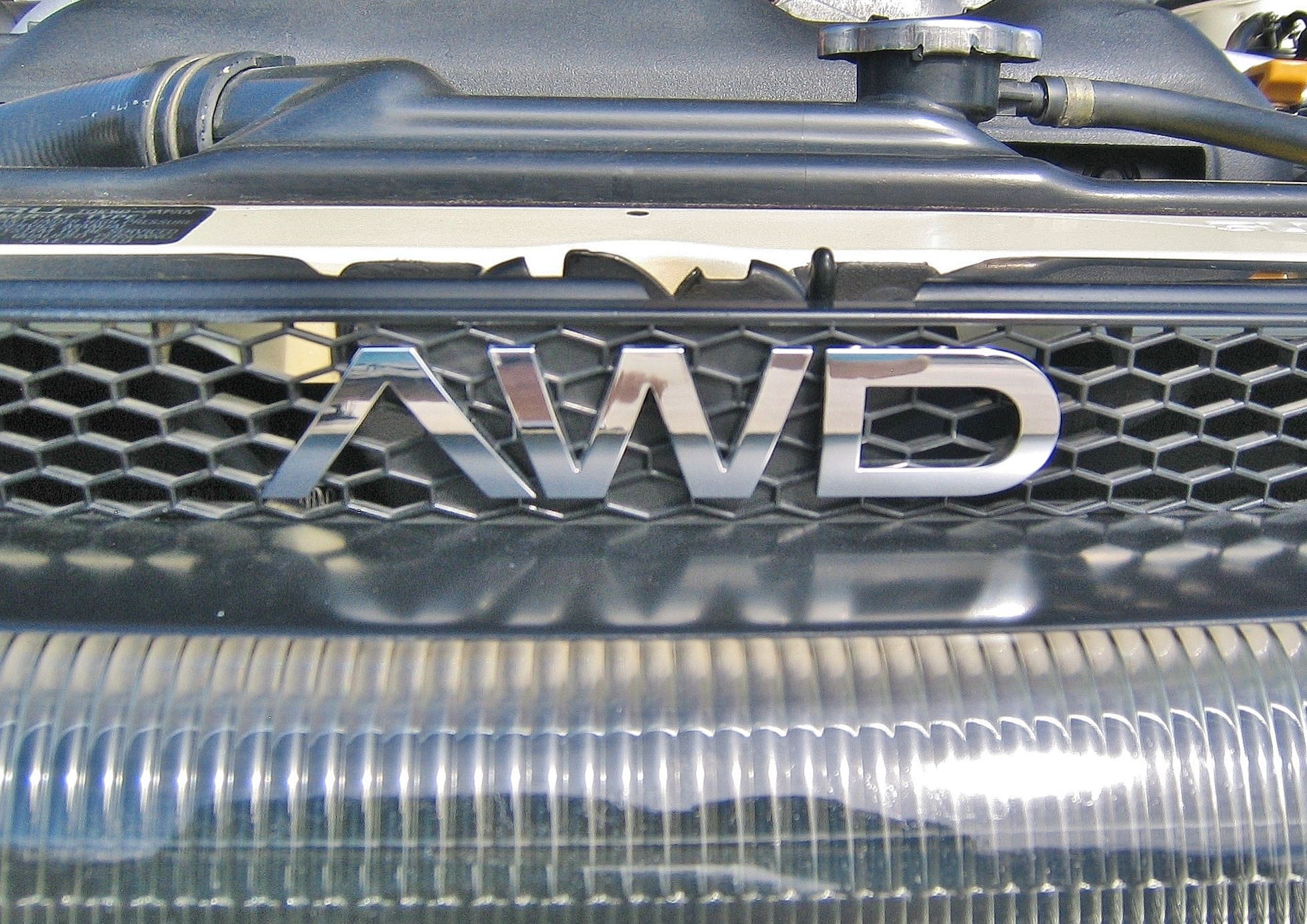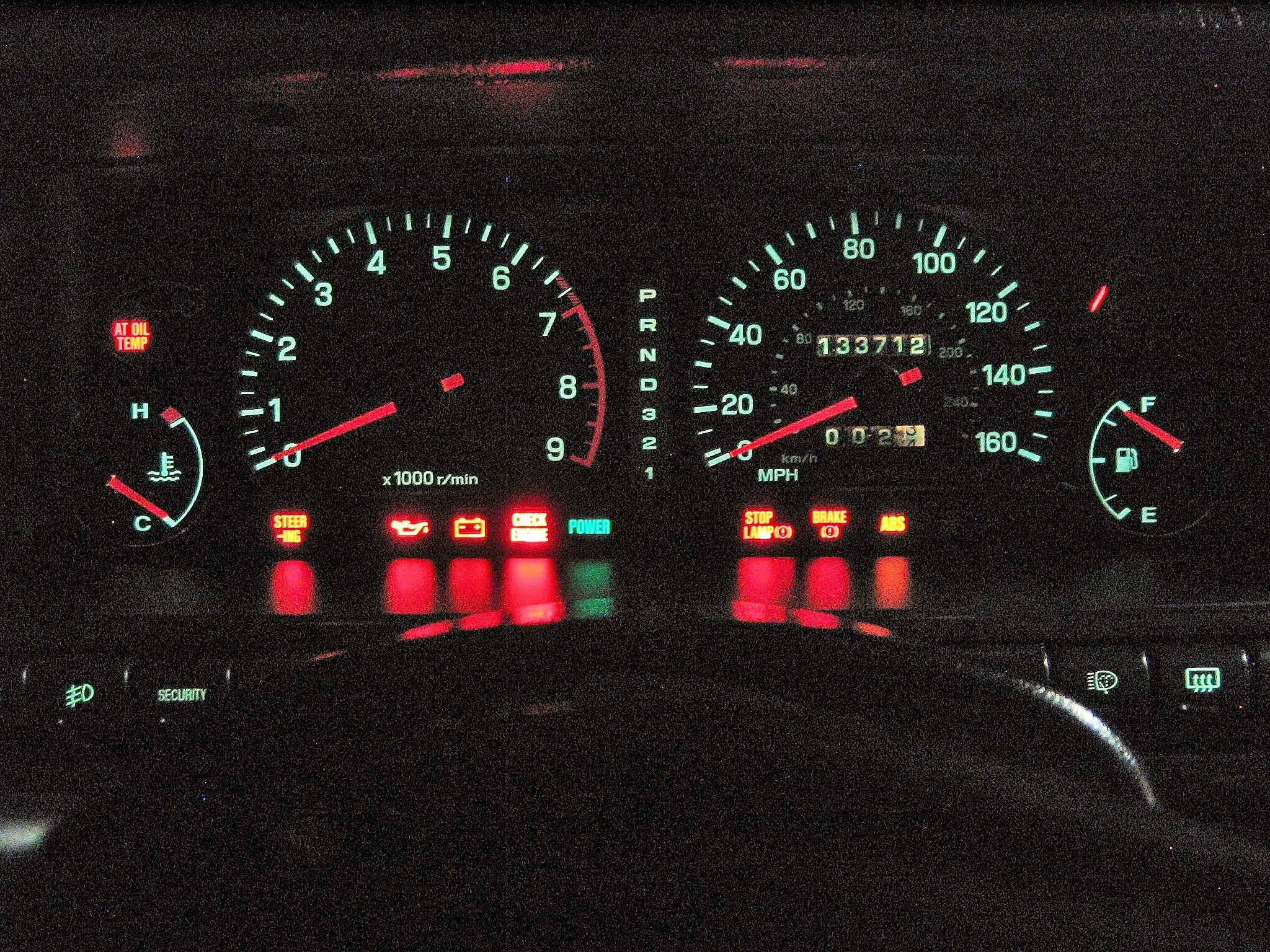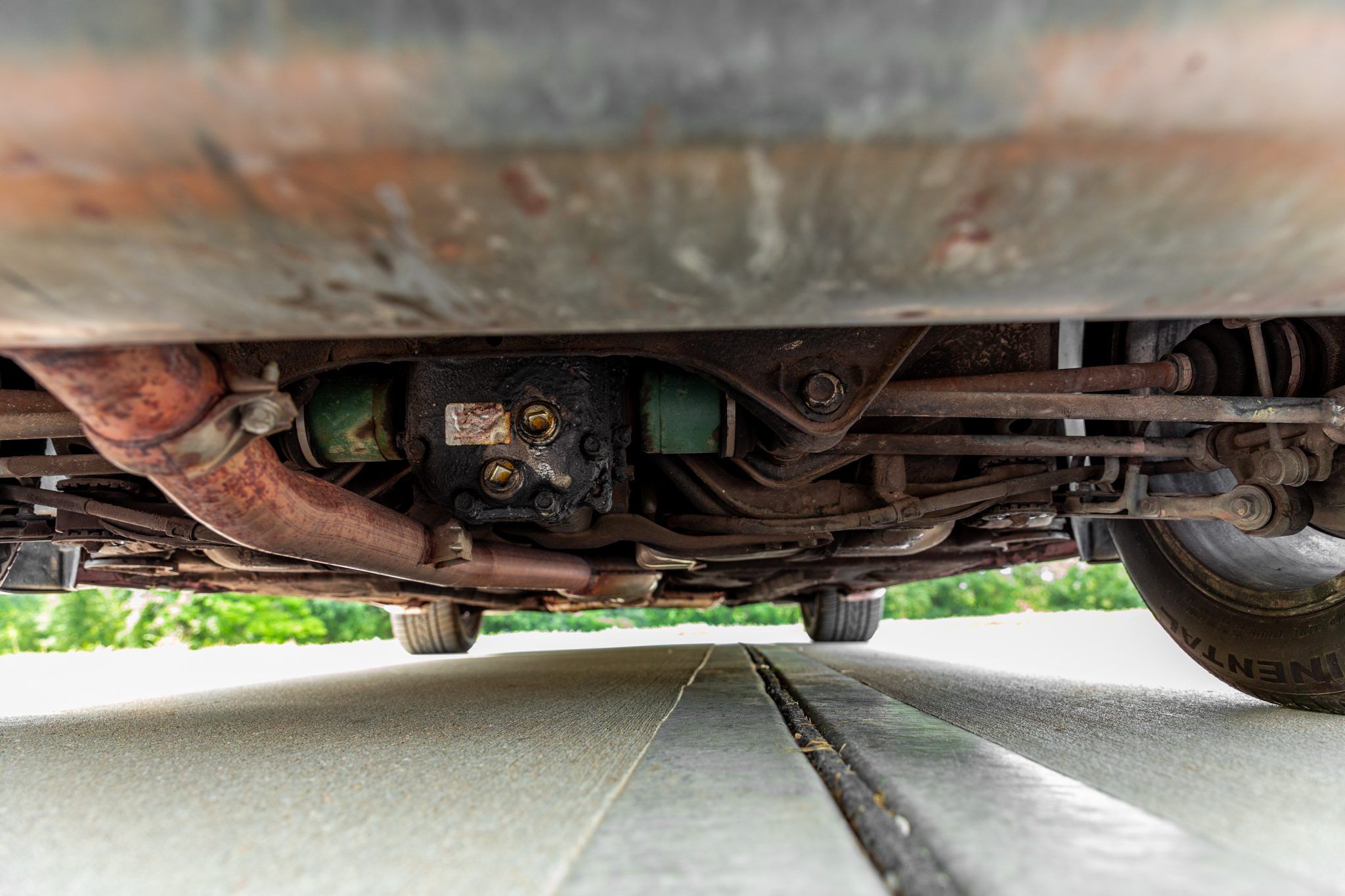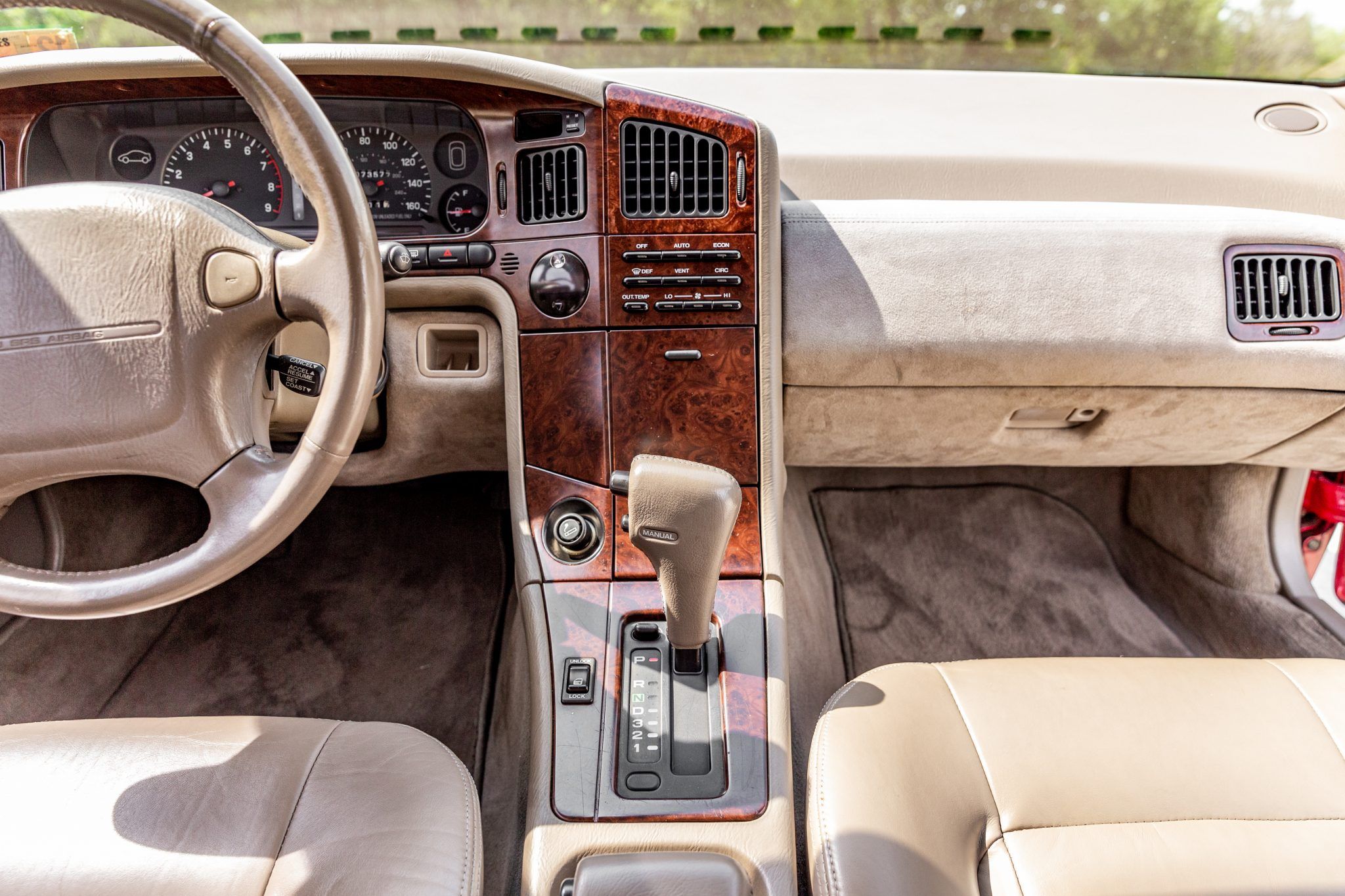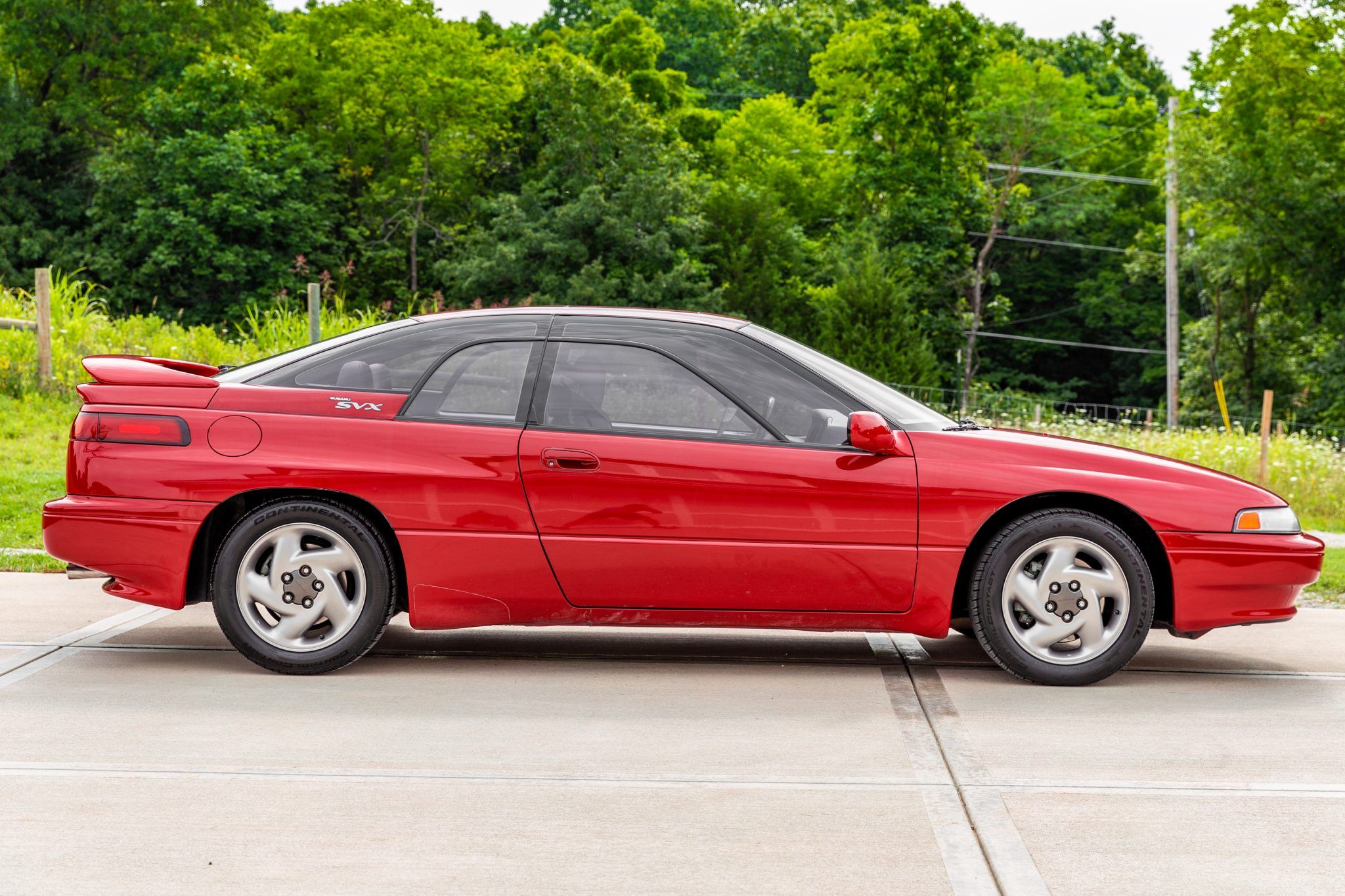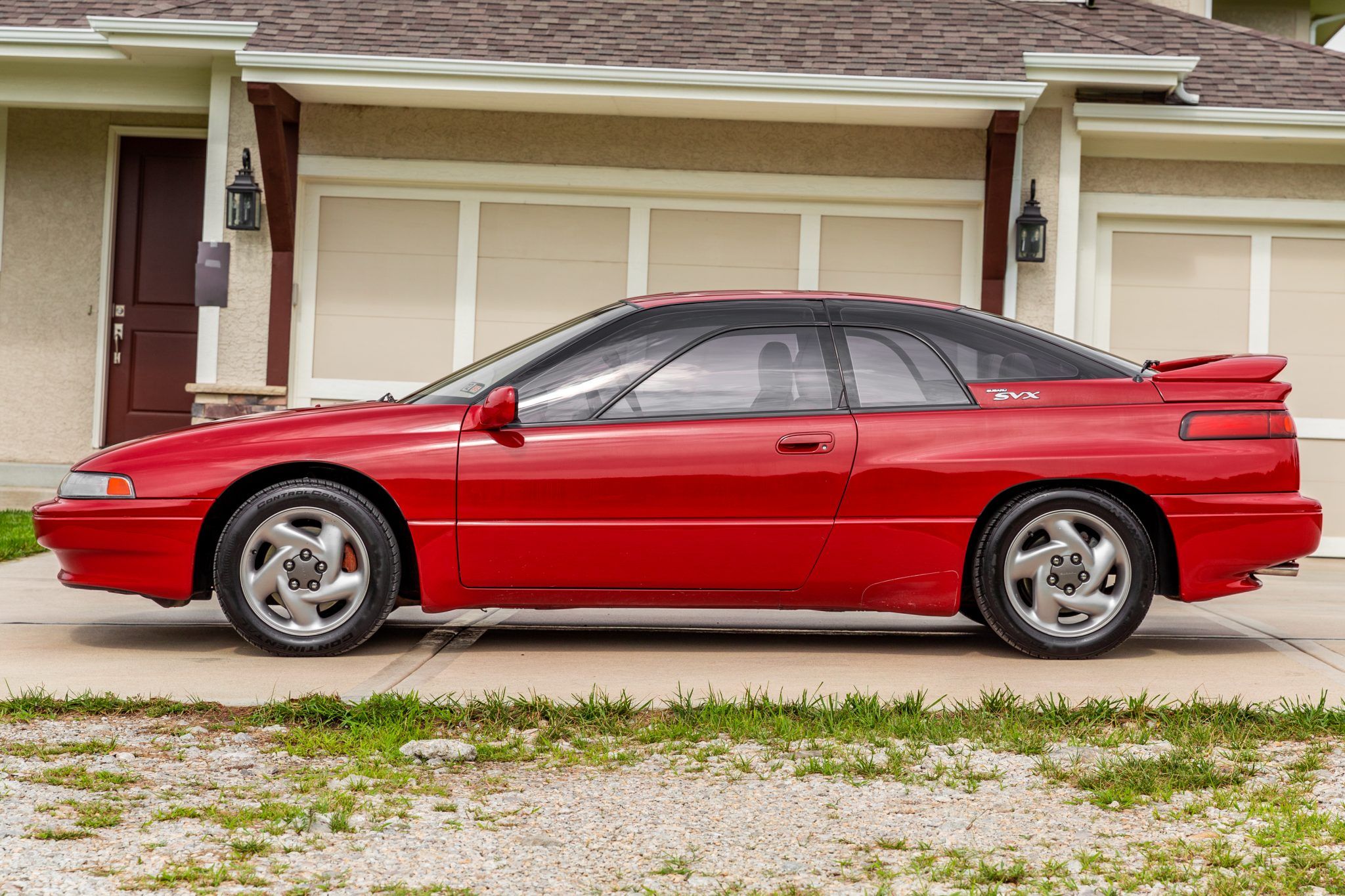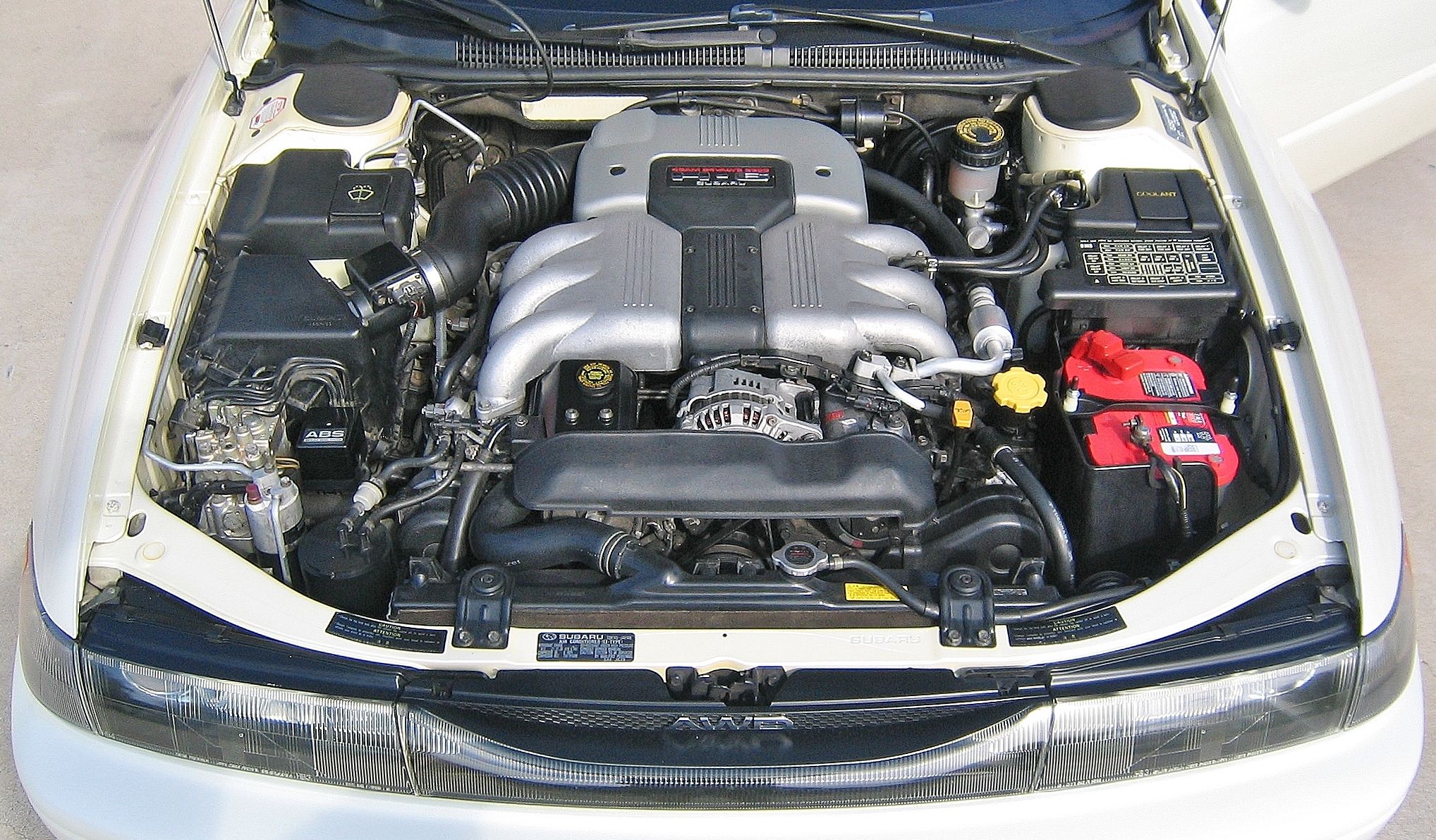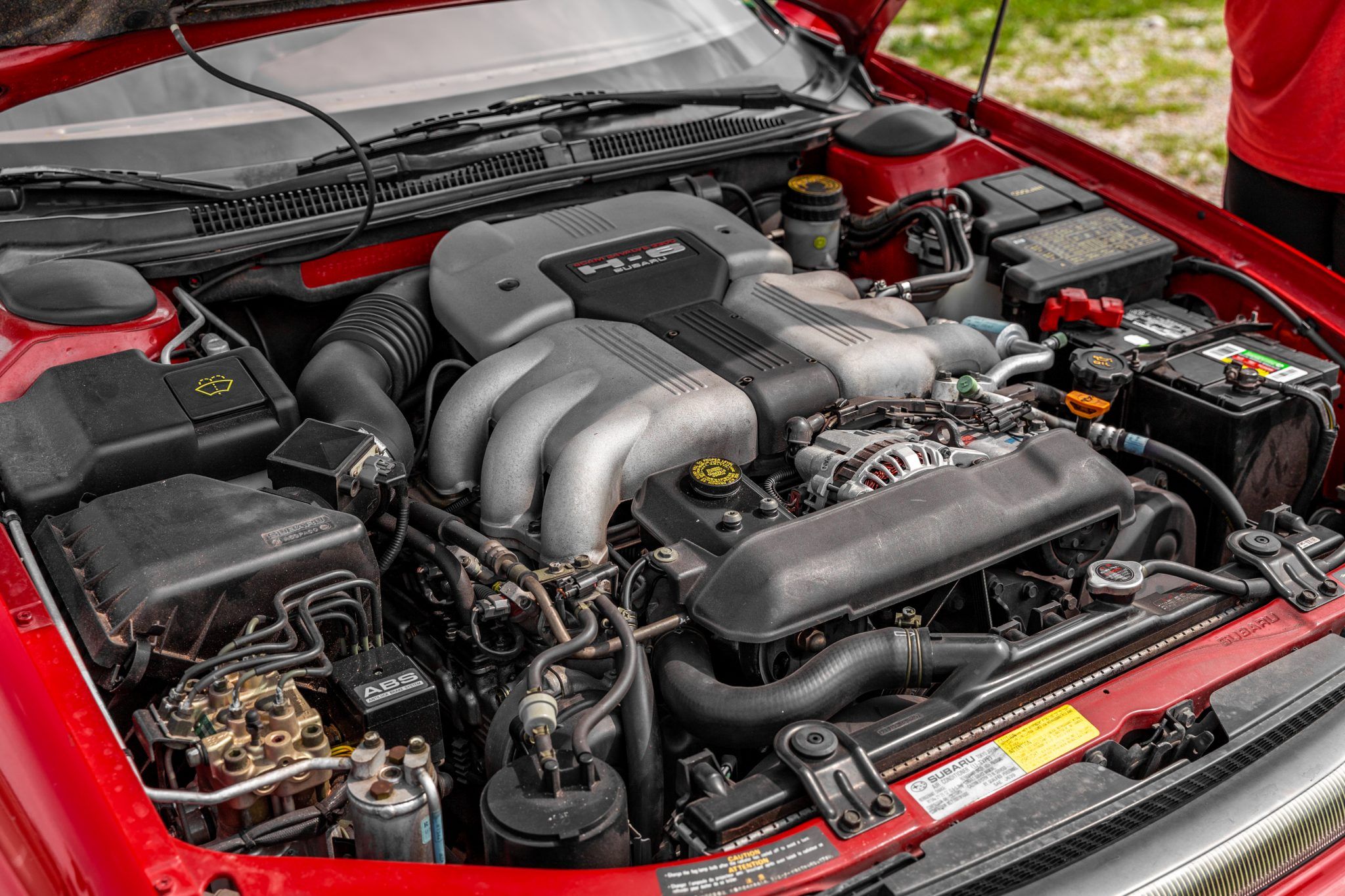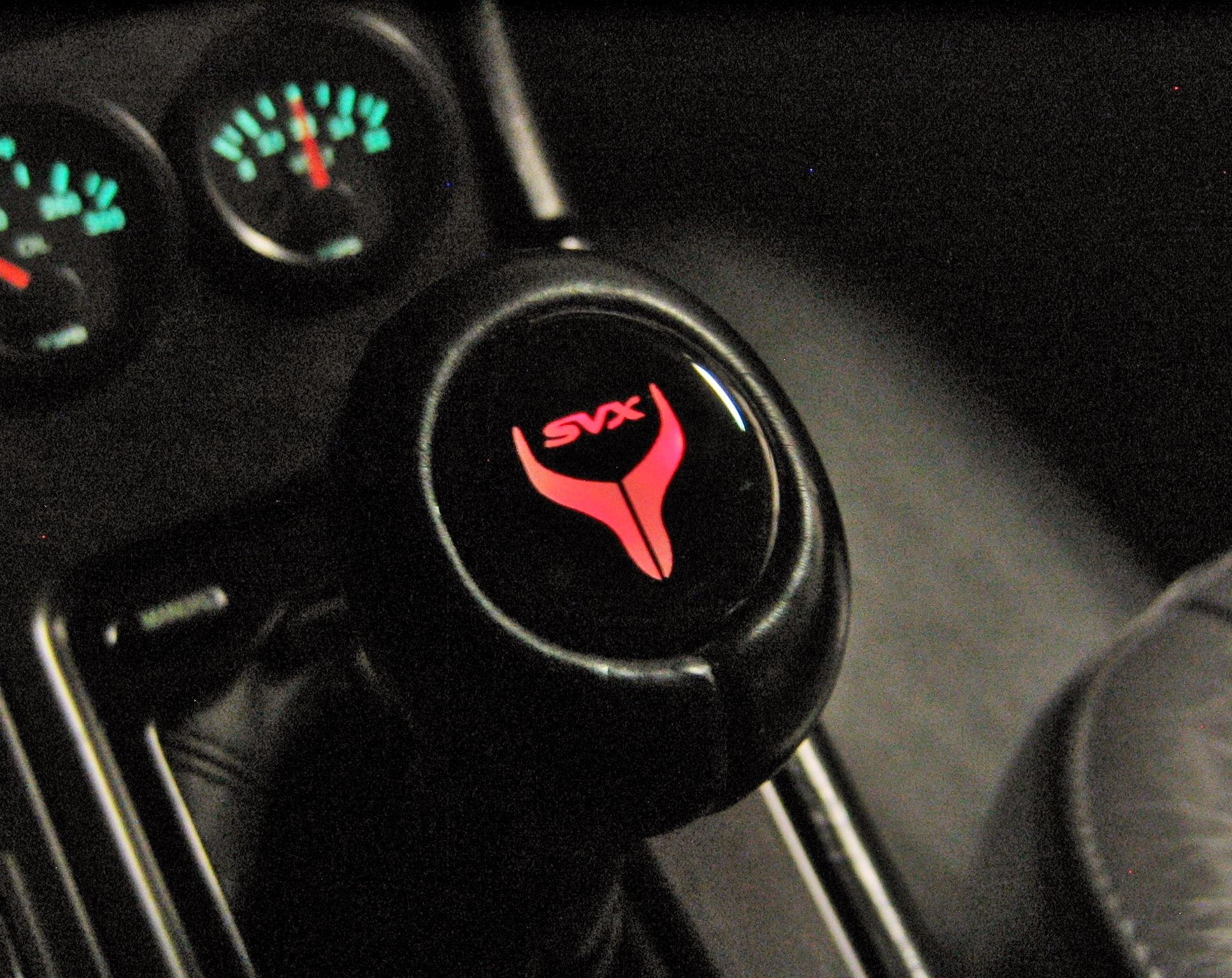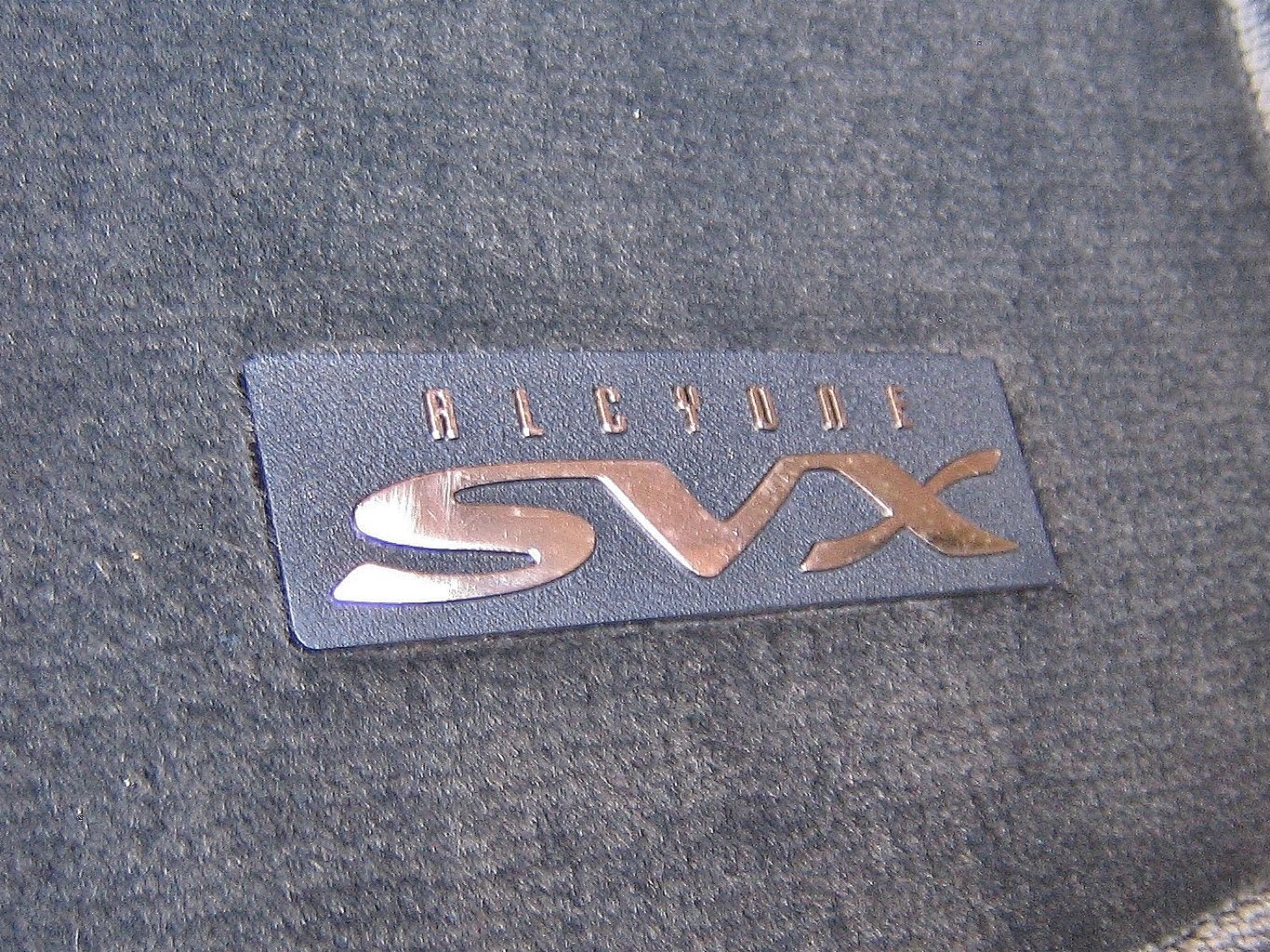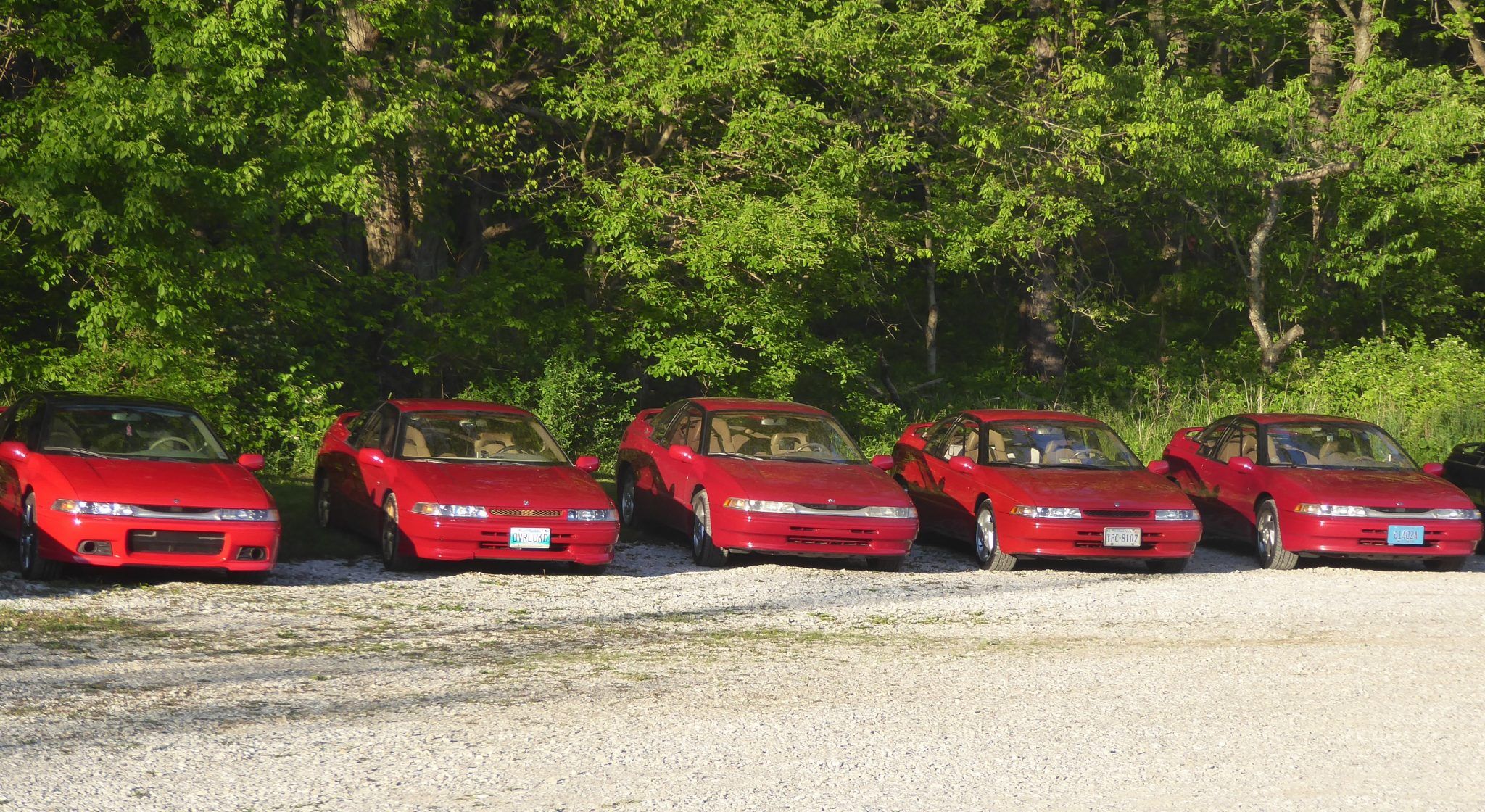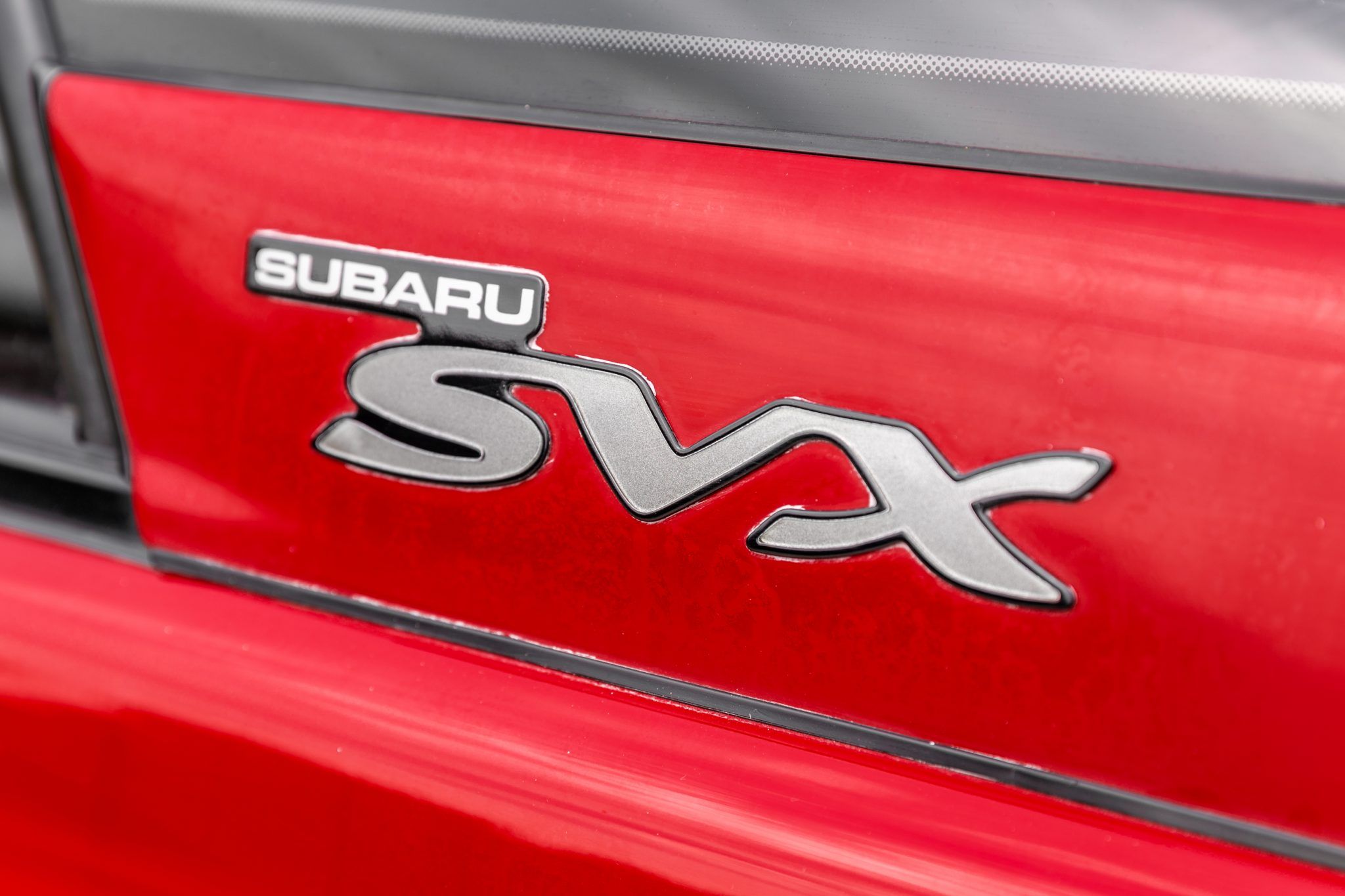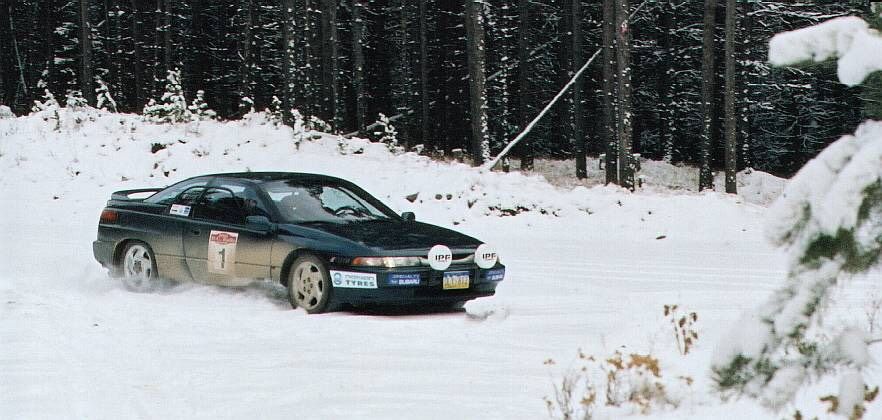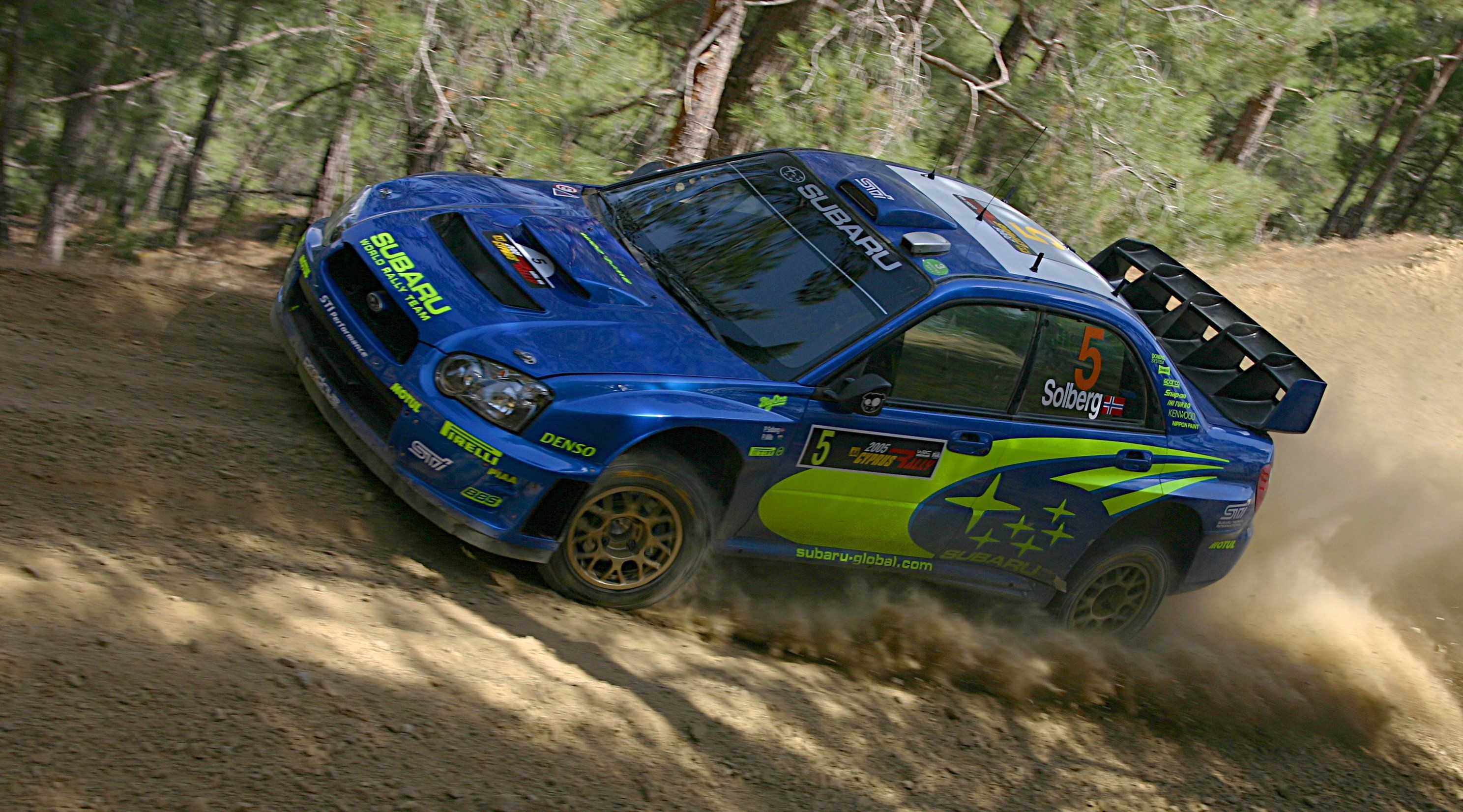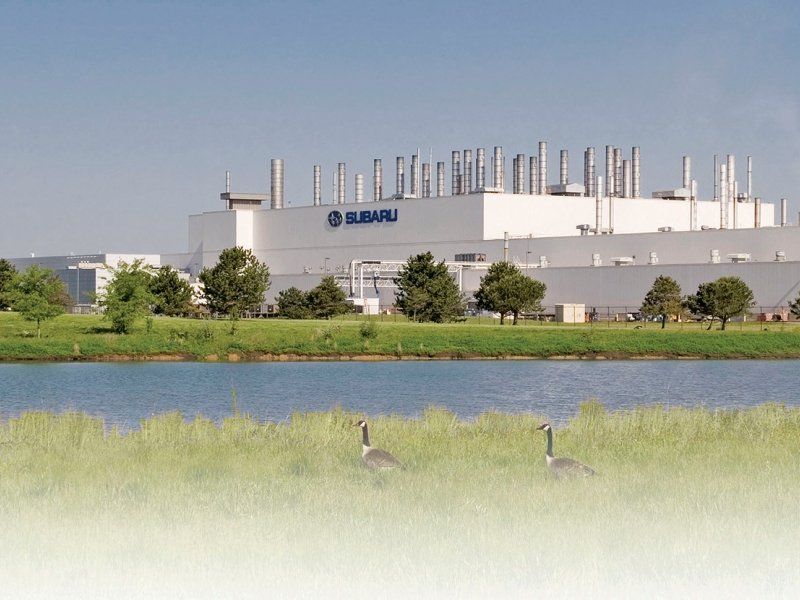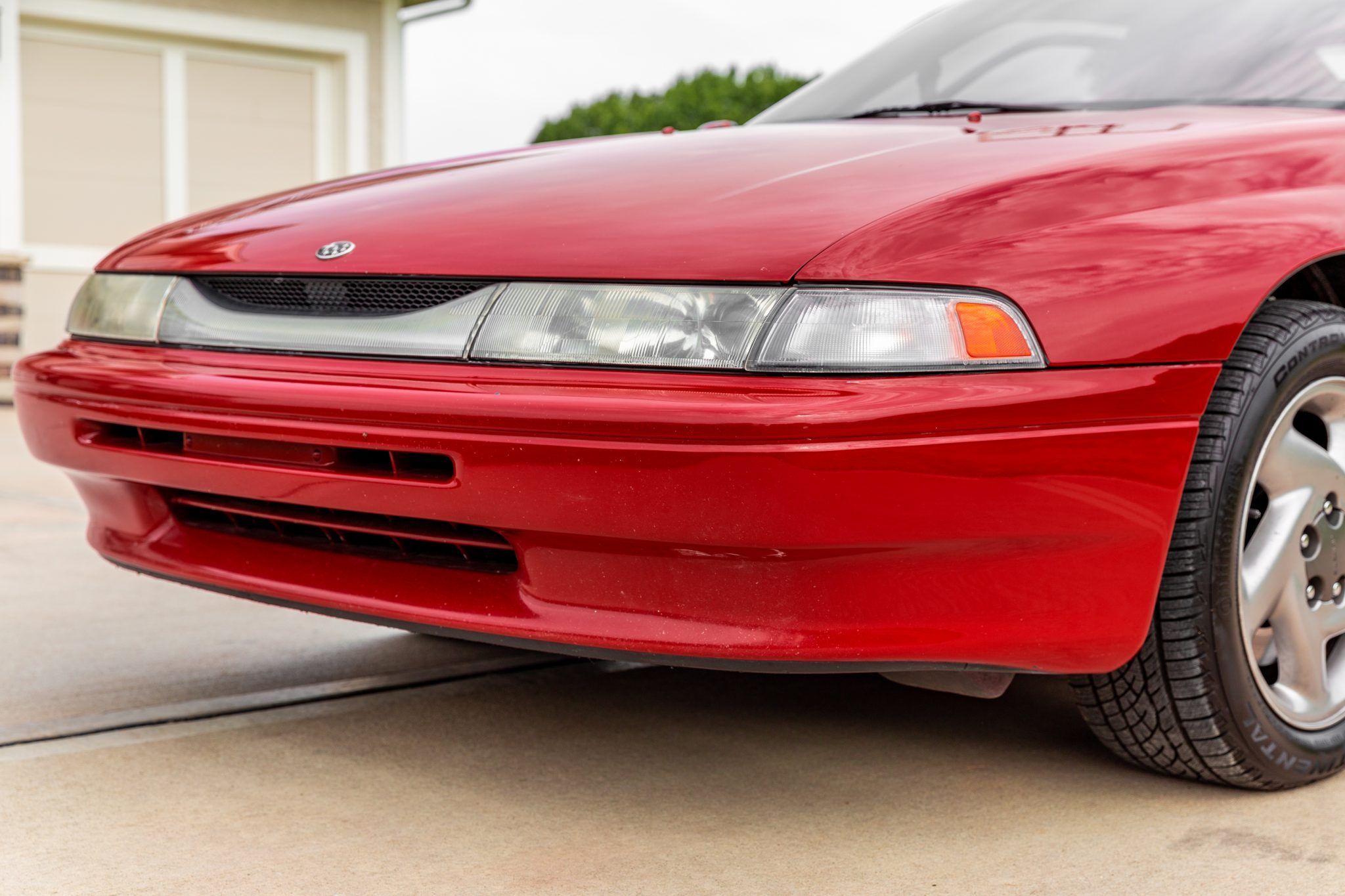In 1991, Subaru decided that innovation was the answer to winning the luxury car war. The result was the wedge-shaped SVX that featured striking styling and a host of new features and technologies. Unfortunately, the customer disagreed with Subaru’s vision of the future, and the SVX turned out to be a massive flop. Still, fine examples of the underrated SVX remain on the used market.
The JDM, or Japanese Domestic Market, model was fittingly called the Alcyone SVX, named after the brightest star in the Pleiades constellation, which makes up Subaru’s logo, showing how important Subaru considered it to the future of the brand. With it, the company wanted to reinvent itself from making drab, utilitarian commercial vehicles and kei-cars to a major player on the global stage.
10 Bold Styling Came From Giugiaro
When it debuted in 1989 at the Tokyo Auto Show, Subaru’s design was criticized. Designed by the famous Giorgetto Giugiaro of ItalDesign, he said he intended to create “an interesting product… not aggressive, but a quiet, real four-seater coupé,” intended for people who “generally don’t go for muscular coupés.”
The big theme of the design was copious use of glass. Subaru called it “an aircraft-inspired glass-to-glass canopy” that let in the light and made the car a pleasant space to spend time. In 1992, one year after the car debuted, a station wagon variant was displayed, although this model, called the Amadeus, did not enter production.
9 It Was Took On Established Luxury Rivals
The Alcyone debuted to offer Subaru’s take on the luxury market, dominated by European players. Jaguar’s elegant and powerful XJS competed with Audi’s technological aggressive S2. The SVX started significantly cheaper than both, though. Subaru offered an equally-technological car with the luxury to match.
But it wasn’t the first take for Japan. Mitsubishi competed with its 3000GT, Nissan with its 300ZK, and Honda with the Legend. And while the Subaru didn’t sell in large numbers, those cars did. Still, Subaru built a highly-impressive car for its first attempt that lost out largely by being so unconventional.
8 Four-Wheel-Drive Was Innovative For The Segment
In 1991, most sports sedans did not drive all four wheels. Hardly a decade removed since Audi introduced it to the performance market with the original Quattro, Subaru fitted the system to improve drivability. At the same, Mitsubishi unveiled its 3000GT with same drivetrain to improve performance.
Subaru’s system, called Active Torque Split, siphoned 35% of the power to the front in standard driving conditions. Unlike Mitsubishi and Audi, the four-wheel-drive was designed not for performance but for stability and usability, trying to make the best luxury car in the segment.
7 Everything On The Car Was All-New
The car was a new model from the ground up. Although it replaced the XT, almost nothing was shared with that or any previous Subaru models. The end result allowed the car to be complicated to specifications, even if that made it expensive for the brand.
It ended up looking like a concept than any Subaru before it, and Autocar said it looked like it had “rolled straight out of a design show.”
6 The SVX Had A Unique Window Design
The airy glass-filled design of the car created a warm and open space, but it also presented a challenge to designers. The huge side windows wouldn’t slide down fully into the doors, so Subaru created a “window-within-a-window” configuration.
The bottom two-thirds of front window slides down for an aircraft-esque look. The bottom of the rear window retracts as well while the remainder is incorporated into the rear glass. The unique look allows some of the massive windows to roll down.
5 It Used A Boxer Engine Like The Impreza
The engine in the SVX was a 3.3-liter boxer flat-six. It was the largest engine ever produced by the brand, and remained the largest for another two decades. This EG33 was a six-cylinder version derived from the iconic EJ22 boxer-four that would find its way into the Legacy and Impreza.
Indeed, the engine was so large that, in the Japanese market, owners were required to pay an extra road tax, which hurt sales, and is a major reason why Subaru tended to use high-displacement small engines.
4 A Manual Transmission Couldn't Handle The Power
The SVX was only offered with a four-speed automatic transmission. This system, called the 4EAT, was as advanced as the rest of the car. It also saw use on Ford, Mercury, Mazda, and Kia models, who used the same supplier.
Subaru could not produce a manual transmission capable of handling the power, and especially the torque, from the engine, which was quoted at 230 horsepower and 228 lb-ft of torque.
3 It’s Unique And Rare
Only 14,257 examples of the car are documented as being sold in American shores, making it appreciably rare. For contrast, over 60,000 XJS models from rival Jaguar were sold in the US.
In addition, 24,379 examples were sold worldwide. For the Japanese market, the car was marketed as the Alcyone SVX. Sales in the home market were impacted by a weak economy and additional government taxes due its overall size and fuel consumption.
2 The SVX Has Rally Pedigree
The SVX debuted right when Subaru threw its full might behind rallying, and benefited from that. The successful Legacy rally car won the World Championship in 1991 and 1992, before the beloved Impreza debuted on the rally scene the next year, with Subaru making a name for itself in the racing scene.
The luxury SVX was designed for comfort rather than rallying, but it’s no slouch. A privately-entered car won the Alcan Winter Rally from Seattle to the Article Circle and back, surely a luxurious win for its two drivers.
1 Subaru Lost A Fortune On Each Car
With all that new technology and with flailing sales forcing Subaru to cut prices, the brand lost a fortune on SVX production. Road & Track reports that the brand lost a whole $3000 per car, more than 10% of its value, per car, in ‘90s money.
That amounted to a total loss, R&T says, of $75 million when the program was done and dusted. No wonder Subaru fully moved its focus away from luxury cars and towards the successful rallying program.

